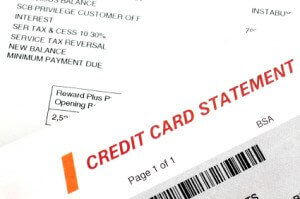Credit Card Statement
Decoding the fine print so you never get caught unaware.

Credit card overspending and failure to read and understand the fine print on credit card statements are two of the most common reasons for credit card debt. According to creditcards.com and the Federal Reserve, Americans owe $807.5 billion in credit card debt and the average US household that uses credit has a balance of over $8,000.
While swiping your cards certainly isn’t complicated, knowing how to read the statements can be. As a result, users get into trouble because they just don’t understand how their cards work so problems arise. To better manage your accounts, Consolidated Credit offers this easy guide to help you understand your statements. If you still have questions or need help, call (844) 276-1544.
Section 1: Summary of Account Activity
Typically, the account summary section will show:
- Previous balance: The balance carried over from your last statement or last billing cycle.
- Payments: The last payments you made towards the outstanding balance on your card.
- Other Credits: This section lists all the credits and reimbursements you’ve received on your card be it from overpayments or resolved disputes.
- Purchases: Total of new purchases made with your card.
- Balance transfers: Any balances transferred from a different credit card on to the card in question.
- Cash Advances: Cash advances that were taken by you.
- Past Due Amount: Any unpaid balances carried over from the previous billing cycles.
- Fees Charged: These are the fees incurred such as late payment fees, over the limit fees, annual fees, returned check fee.
- Interest charged (Annual Percentage Rate “APR”): The APR, Daily Periodic Rate or a Monthly Periodic Rate is a measure of how much your debt is costing you in interest annually and is based on your creditworthiness.